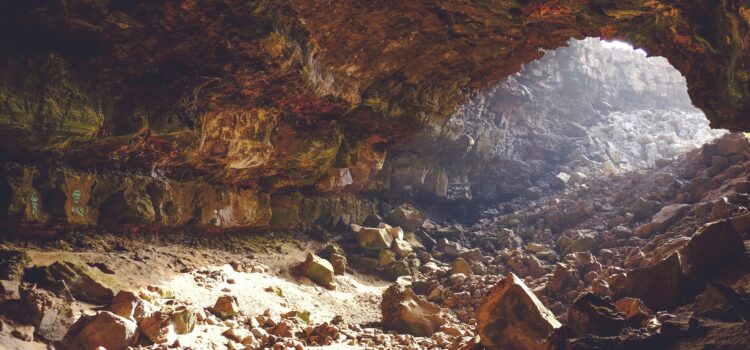

This article is an excerpt from the Shortform summary of "The Hot Zone" by Richard Preston. Shortform has the world's best summaries of books you should be reading.
Like this article? Sign up for a free trial here .
What is the Ebola origin country? Where did Ebola come from, and how did it spread to humans?
Scientists were originally confused about the Ebola origin country, and how the disease originated.
Read to find out more about the Ebola origin country, and where scientists believe Ebola originated.
Ebola Origin Country: How Did Ebola Start?
In the 1960s, the export of primates for medical research became a big business in Africa. Inevitably, some of the monkeys were sick when they were caught from the wild. As different monkey species were held in close quarters and shipped to industrialized countries around the world, it created prime conditions for viruses to jump species and then cross borders.
Some experts believe the monkey export business led to the international spread of AIDS and other viruses, including the deadly Ebola virus and its sister virus, Marburg.
Scientists still don’t know what the filoviruses’ hosts are, or the answer to the question “how did Ebola start?”—whether insects or animals—but the viruses can be transmitted to primates or duikers, a type of antelope.
(Shortform note: To this day, scientists don’t know the hosts of filoviruses, but evidence points to fruit- and insect-eating bats as major carriers—though that doesn’t rule out the possibility that an insect or rat is the original host and simply infected the bats through a bite. Scientists also suspect there could be multiple hosts.)
Scientists don’t know where the viruses’ unknown hosts live, and don’t know for sure Ebola’s origin country. But most cases of Ebola trace back to the region around Mount Elgon, an extinct volcano on the border of Kenya and Uganda, not far from Sudan. The mountain is an ecological rarity: It houses a rainforest amid arid African savannas.
Specifically, a few cases have traced back to Kitum Cave, a massive cave 8,000 feet up the eastern side of the mountain. Kitum Cave is a perfect environment to be the origin of Ebola for a few reasons.
First, Kitum Cave is unusually dry and dusty, which are ideal conditions for viruses. Viruses generally don’t last long in sunny or moist environments, but in dry, dark places they can lie dormant for long periods of time, waiting to find a host. This could be the origin of ebola.
Most caves are carved by water, and they would be too damp for viruses to thrive. But scientists believe the elephants who visit the cave in search of salt carved Kitum Cave through thousands of years of incessant scratching at the rocks with their tusks.
Second, myriad animals, big and small—including monkeys, leopards, rats, and shrews—frequent the cave. The inter-species traffic and the enclosed space create prime conditions for a virus to jump species.
Most of the time, Ebola and its related viruses remain in hiding. But when the viruses have emerged, they’ve devastated local villages and, occasionally, distant cities in other countries and continents.

———End of Preview———
Like what you just read? Read the rest of the world's best summary of Richard Preston's "The Hot Zone" at Shortform .
Here's what you'll find in our full The Hot Zone summary :
- The many different strains of Ebola, including the deadliest kind with a kill rate of 90%
- How scientists unraveled the mystery of a new strain of Ebola
- How Ebola could become airborne, becoming one of the deadliest viruses known






